September 19 – 26 is Recycling Awareness Week and it’s one of our favorites because it provides us with another opportunity to talk about one of our passions—sustainability Share our passion for sustainability or something like that instead of “educate.”
The week was created so that people all over the world could come together and create awareness about the noble cause of recycling, but is that unity enough? Fundamentally, we all know what recycling is and we can identify the blue bins with the white triangles in our driveways.
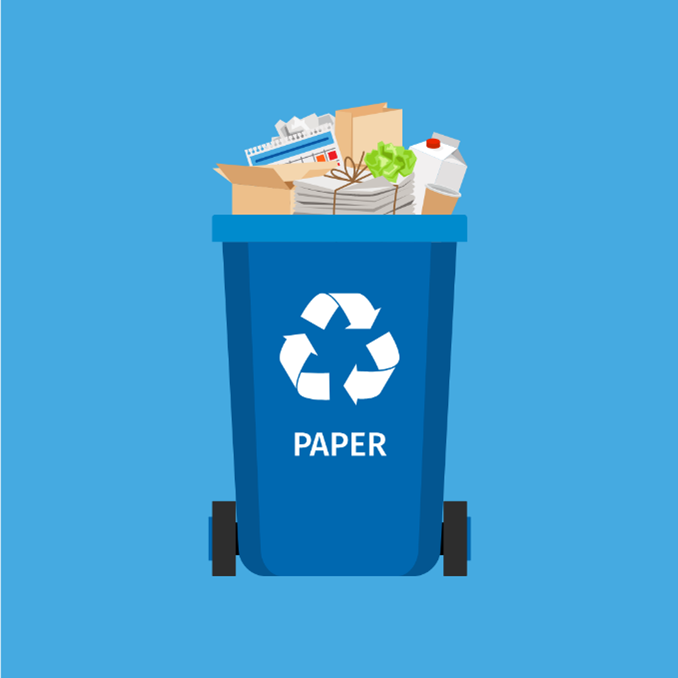
But, there’s more to this than just knowing what a recycling bin is! There are more resources than ever before that are helping to educate communities about the importance of sustainability—we’re at a point where we can move beyond awareness and dive into the nuances of recycling and sustainability. Domtar has long been a champion for sustainability—you can read about some of our previous accomplishments or see what we have planned for the future in the Domtar Newsroom—and today, we’re teaching a class on the circular economy.
So, what is this circular business model, how does it become an economy and what does it have to do with recycling week? Let’s talk.
One-Way Ticket
You may have heard people talk about a circular economy and wondered what it means and what it has to do with you. You might have even seen statements like this from us:
“Domtar’s comprehensive approach to sustainability supports the circular business model across our entire value chain. It starts with sourcing wood fiber from responsibly managed forests. Sustainable harvesting ensures forest growth that helps sequester CO2 from the atmosphere, provides wildlife habitats, recreation for people and improved air and water quality for the planet.”
That’s a lot of dense information in only a few sentences, but don’t worry if you aren’t following yet, I’m going to break it down.
When it comes to sourcing materials from our planet, there are two ways to do it:
- Take materials from the Earth, make products from them and eventually throw them away as waste.
This approach is known as a linear economy, and it isn’t sustainable forever. In it, natural resources are being extracted from the planet without being replaced and manufacturing facilities are producing an array of products while consuming unsupportable quantities of raw materials and generating pollution. The goods are then purchased by consumers who use and discard them and the products live in the dumpster after being used. The line from sourcing to a product’s end-of-life in the linear model looks like this:
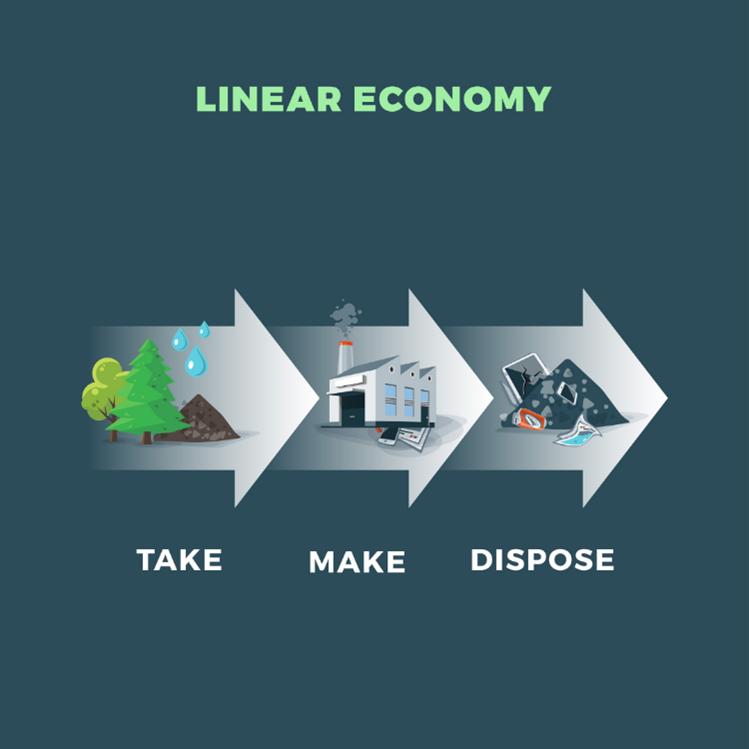
It’s brief, isn’t it?
The world has historically brought a linear approach to the manufacturing and use of products—with exceptions of course—however, activists, stewards of our environment and, lately, consumers have used their voice to rightfully speak against it. Think of the linear economy as a one-way ticket to a less than desirable destination—right now, it’s still refundable but it’s time to get on a bus that intends to return home.
Defining the “Circular Economy”
Unlike its linear counterpart, circular economies, by contrast, stop waste from being produced in the first place. The circular economy is based on three principles, driven by design:
It is underscored by a dedication to renewable energy and materials, like paper.
A circular economy decouples economic activity from the consumption of finite resources. It is a resilient system that is good for business, people and the environment. Fortunately, the world has recognized that the rapid depletion of natural resources and unprecedented increase in waste cannot continue if we want future generations to thrive and the pressure that people are putting on businesses is leading to change. That’s why corporations, governments and non-governmental organizations have partnered to shift the linear system to a circular one, where natural resources are responsibly managed and regenerated. Those raw materials then enter production processes that use renewable energy, reuse manufacturing byproducts and create products designed to be recoverable, recyclable and reusable. This enables consumers to continually use, reuse and recycle products and their components into the circular flow, extending their value for as long as possible.
The circular economy model looks like this:
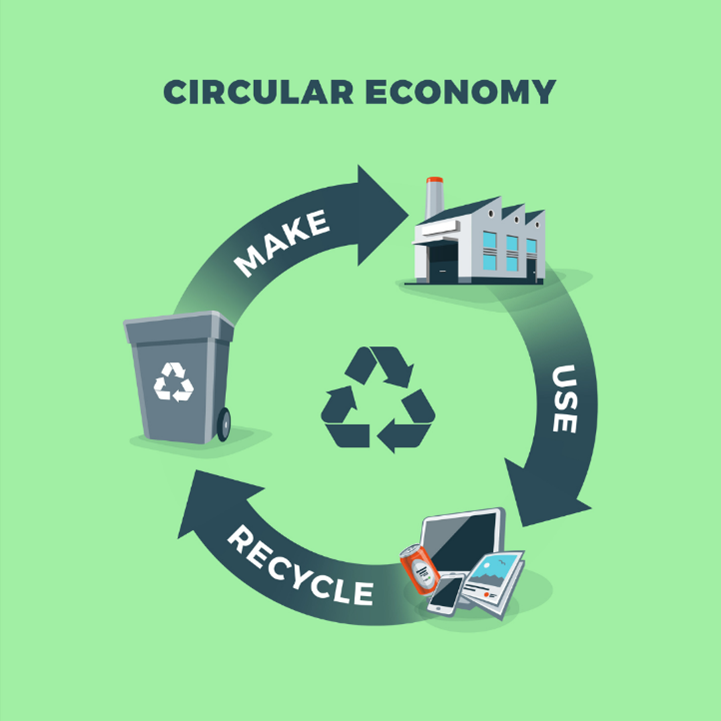
The circular journey is complemented with our safe and efficient production of paper and pulp products. We maximize the fiber from every tree harvested and the byproducts from our manufacturing process to create value and eliminate waste. We reintroduce biomass residuals from production back into the mill to supply 72 percent of the energy we use to power them. Our use of biomass fuels in our mills’ on-site cogeneration processes enable us to create Renewable Energy Certificates (RECs) to help other businesses reduce their carbon footprint. Continuous improvement initiatives and engineering innovations accelerate the circularity and efficiency of our manufacturing operations.
We should all be making an effort to source and build in ways that are sustainable and give back to the earth—this is what the circular economy is all about.
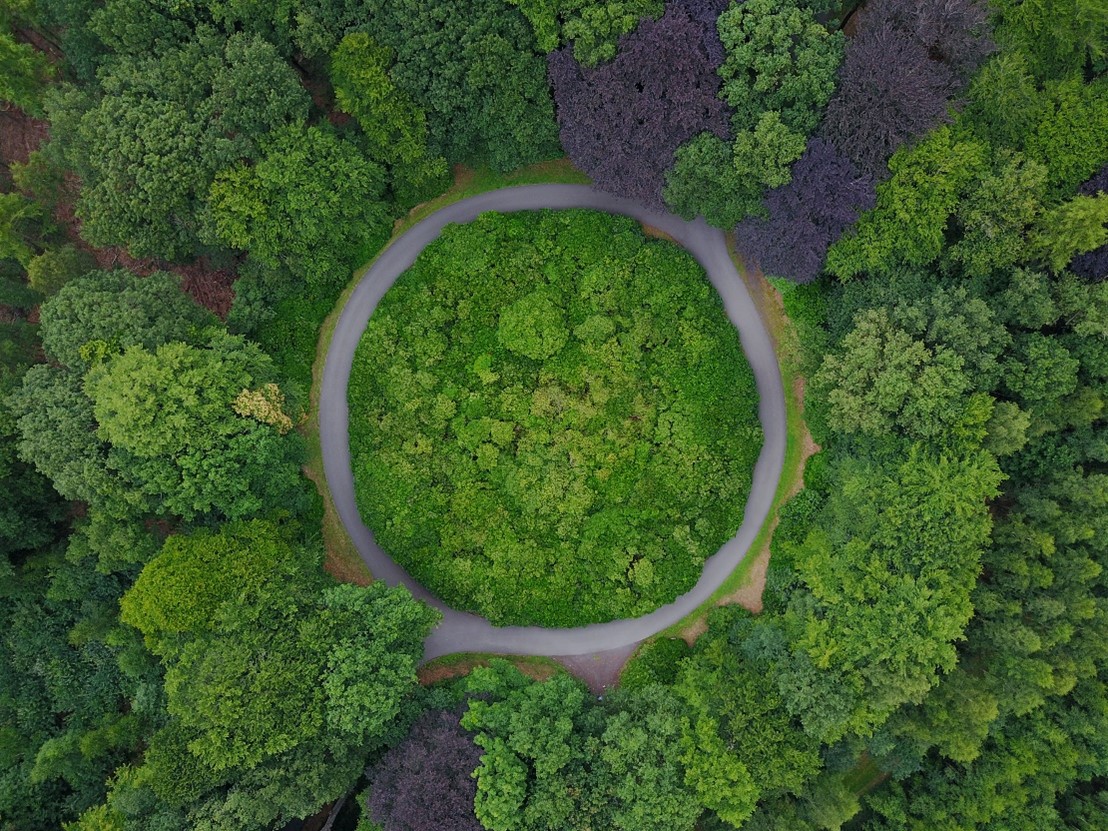
For more information on sustainability, visit paper.domtar.com/blog and explore our Sustainability category.

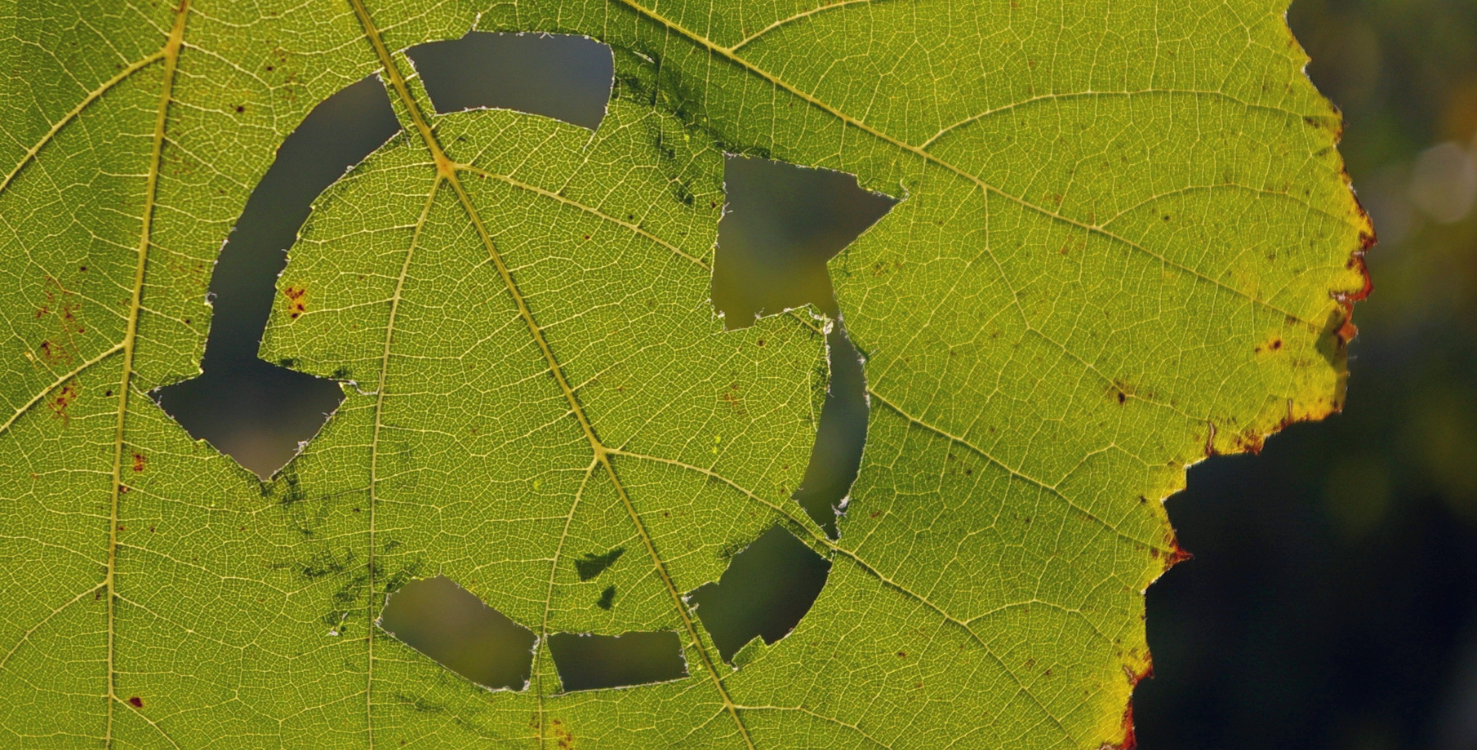

Discussion